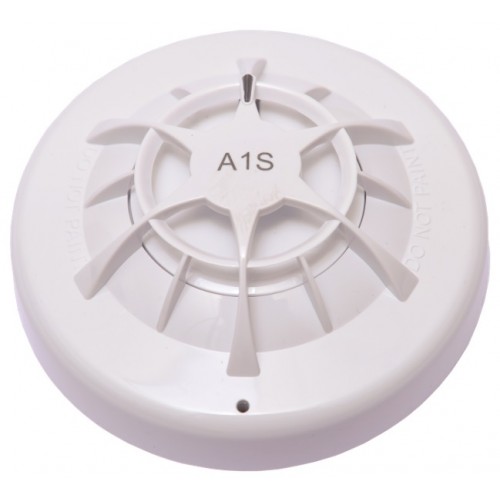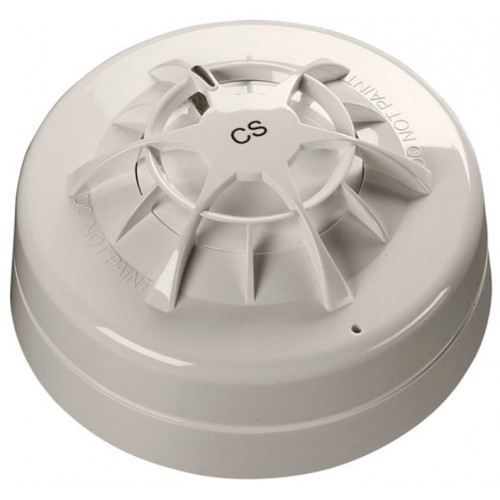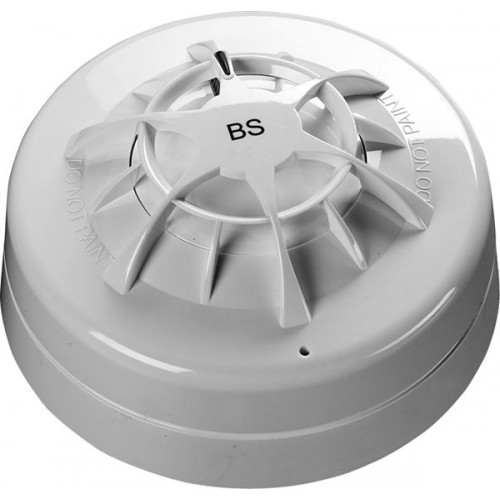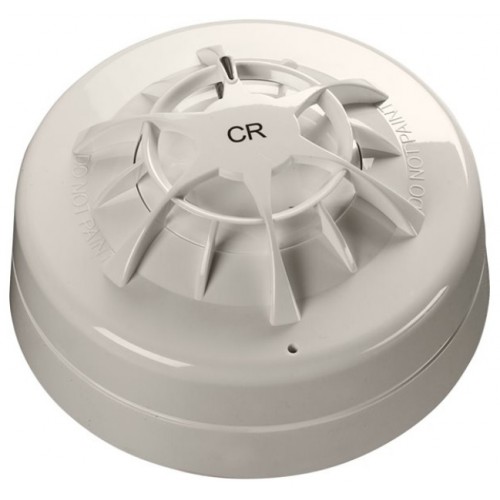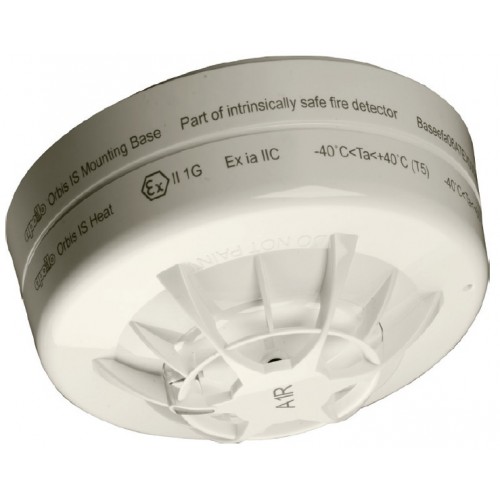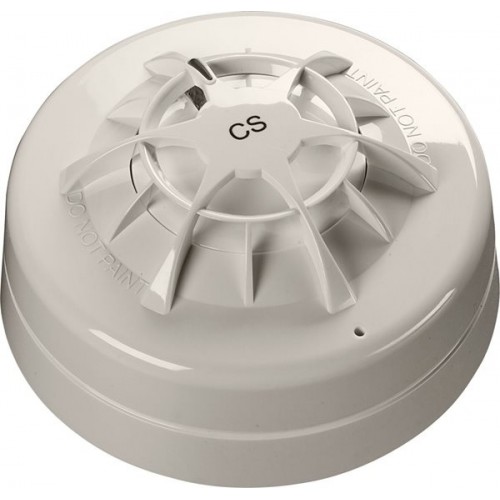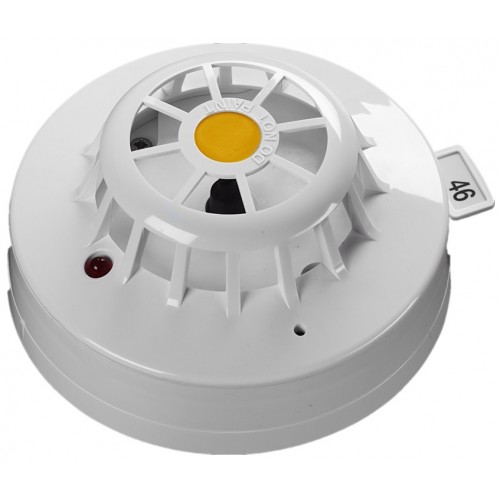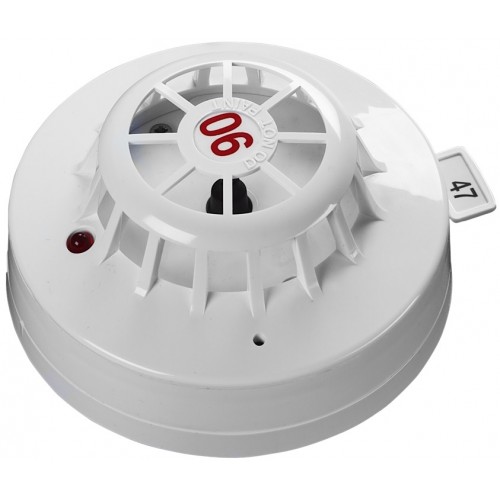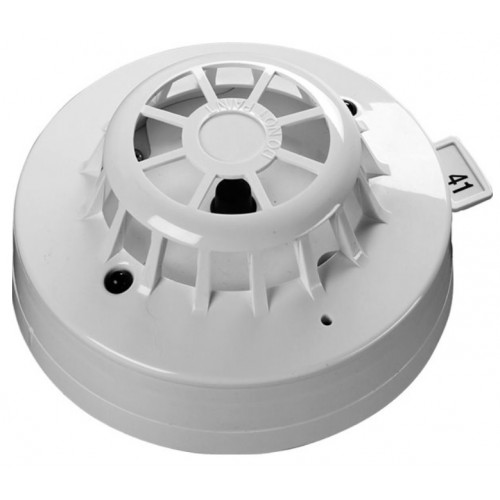Apollo SA4700-300APO Intelligent DIN-Rail Switch Monitor
Apollo SA4700-300APO Intelligent DIN-Rail Switch MonitorThe Intelligent DIN-Rail Switch Monitor is designed tomonitor the state of one or more single pole volt-free contactsconnected on a single pair of cables and to report the status.It has a selectable status reporting delay making it suitable formonitoring flow switches. Compatible with XP95 Discovery and CoreProtocol digital communication protocols.Mechanical ConstructionThe Intelligent DIN-Rail Switch Monitor is designed to be mounted on a 35 mm width DIN-Rail inside an enclosure.Key FeaturesImproved design for ease of wiring meaning faster installationContains controllable isolatorAddress range 1 - 254Five pre-configured modes including compatibility mode from XP95Discovery to CoreProtocol systemsConfigurable input stylesEarth fault monitoring




